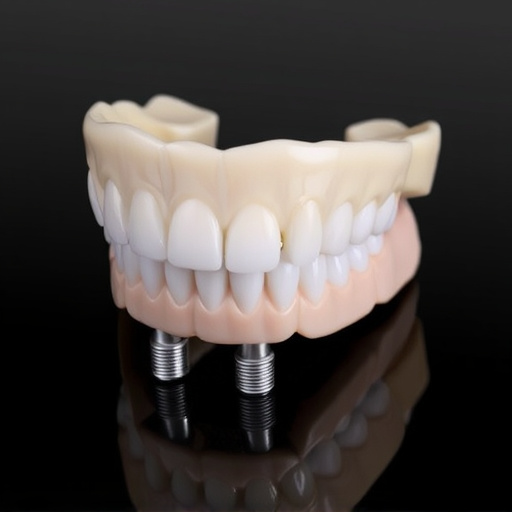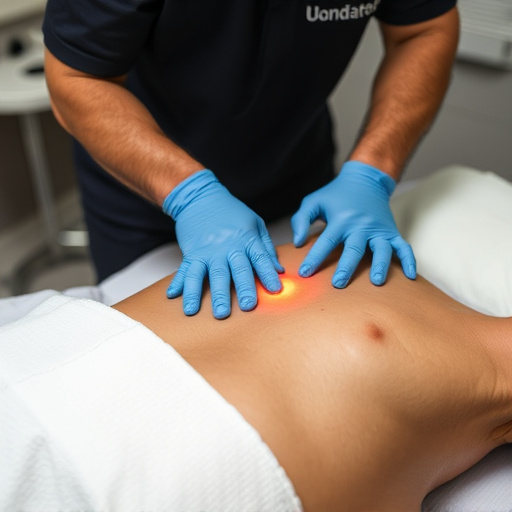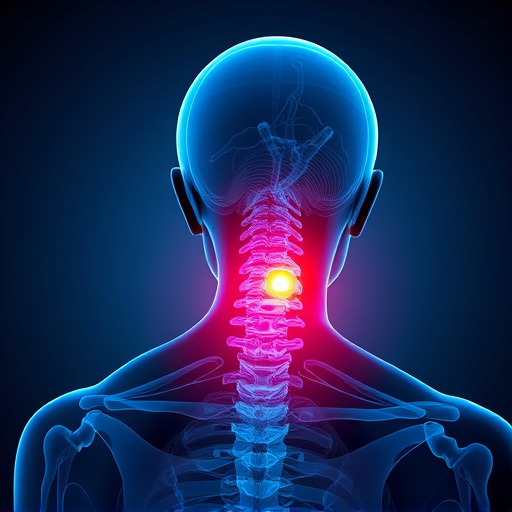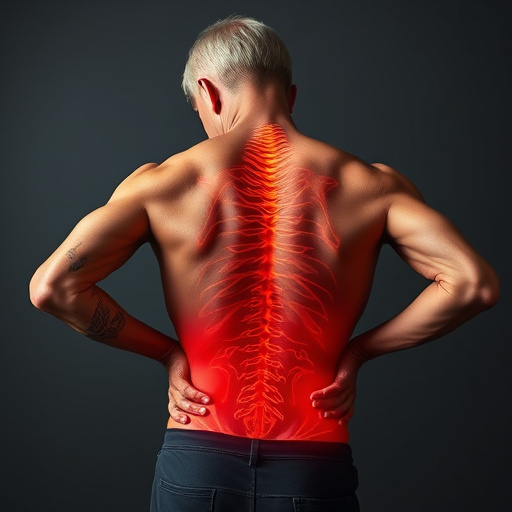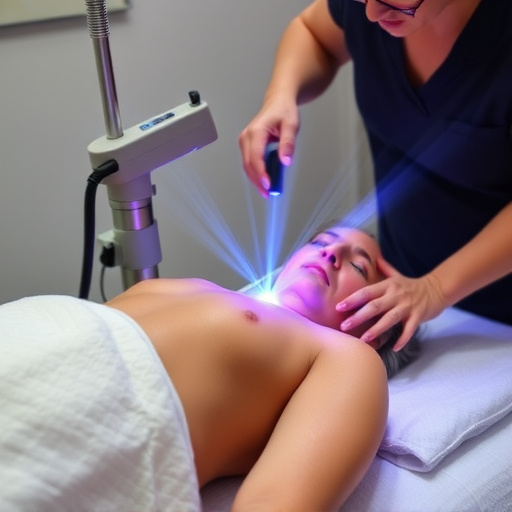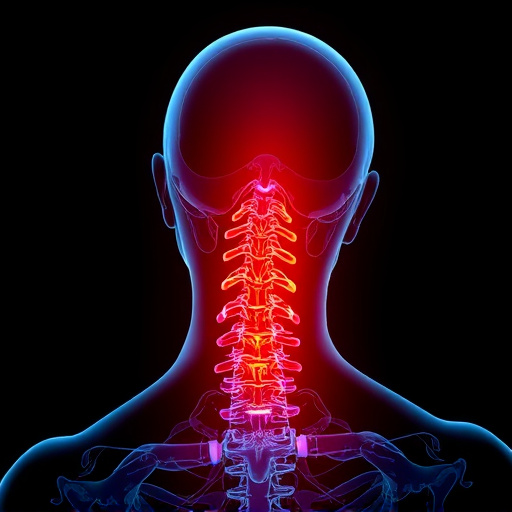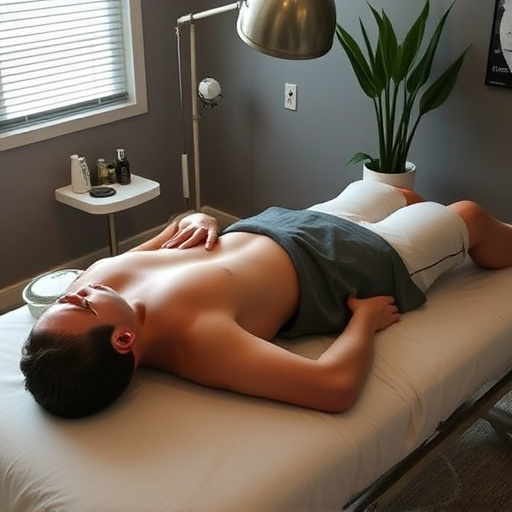A herniated disc results from damaged spinal discs causing nerve pressure and pain. Treatment varies based on severity, ranging from over-the-counter medications for mild symptoms to chiropractic adjustments, physical therapy, and surgery for more severe cases. Chiropractic care, focusing on spinal misalignments, is a popular non-invasive approach, often combined with exercise and lifestyle advice. Surgical options like discectomy or fusion are considered for severe nerve damage.
“Suffering from a herniated disc? This comprehensive guide offers insights into effective pain relief strategies. Understanding herniated discs involves grasping their causes and symptoms, which can range from mild discomfort to intense pain. We explore top non-invasive treatments, including physical therapy and chiropractic care, known for their success in alleviating symptoms naturally. Additionally, we delve into medical options, from over-the-counter medications to surgical interventions, providing a holistic approach to herniated disc treatment.”
- Understanding Herniated Discs: Causes and Symptoms
- Top Non-Invasive Treatment Options for Relief
- Exploring Medication, Therapy, and Surgical Interventions
Understanding Herniated Discs: Causes and Symptoms

A herniated disc occurs when the soft, cushioning discs between the vertebrae of your spine protrude or burst, leading to pressure on nearby nerves. This condition is a common cause of back and neck pain, radiating discomfort, numbness, or weakness in the extremities. The discs serve as shock absorbers and enable flexibility in the spine, making their herniation a significant concern.
Causes include aging, injury, improper lifting techniques, or even sudden movements that put excessive strain on the spine. Symptoms vary depending on the affected area, with neck pain treatment and back pain treatment requiring different approaches. In some cases, the discomfort is localized, while in others, it can refer to specific body parts, such as arms, hands, legs, or feet. Understanding these variations is crucial for effective herniated disc treatment, focusing on both conservative non-invasive treatments and, if necessary, surgical interventions.
Top Non-Invasive Treatment Options for Relief

When dealing with a herniated disc, many individuals seek non-invasive treatment options for effective pain relief and mobility improvement. Chiropractic care is a popular choice, focusing on adjusting the spine to reduce pressure on nerves. Skilled chiropractors use manual adjustments and specialized techniques to correct misalignments, potentially offering significant relief for those suffering from back and neck pain associated with herniated discs.
Personal injury chiropractic services further enhance these benefits by combining tailored treatments with a comprehensive approach to healing. This may include physical therapy, exercise routines, and lifestyle advice. By addressing the underlying causes of discomfort, these treatment methods not only provide immediate relief but also foster long-term mobility improvement and overall well-being for patients undergoing herniated disc treatment.
Exploring Medication, Therapy, and Surgical Interventions

When exploring herniated disc treatment options, it’s crucial to consider a multi-faceted approach that combines medication, therapy, and, in severe cases, surgical interventions. Many individuals find relief through over-the-counter painkillers like acetaminophen or nonsteroidal anti-inflammatory drugs (NSAIDs) for manageable symptoms. For more persistent pain, a personal injury chiropractic specialist might recommend adjustments to the spine to alleviate pressure on affected nerves. Physical therapy is another effective method, focusing on exercises to strengthen supporting muscles and improve flexibility, thereby reducing stress on the disc. In cases where conservative treatments fail or there’s significant nerve damage from conditions like a car accident recovery, surgical options such as discectomy or spinal fusion might be explored for pinched nerve relief.
A herniated disc can significantly impact daily life, but with the right approach, effective herniated disc treatment is achievable. By understanding the condition’s causes and symptoms, individuals can explore a range of non-invasive treatment options, including physical therapy and pain management techniques. Additionally, medical professionals may recommend medication or, in more severe cases, surgical interventions as part of a comprehensive treatment plan. Early diagnosis and tailored care are key to managing discomfort and restoring mobility for a better quality of life.
